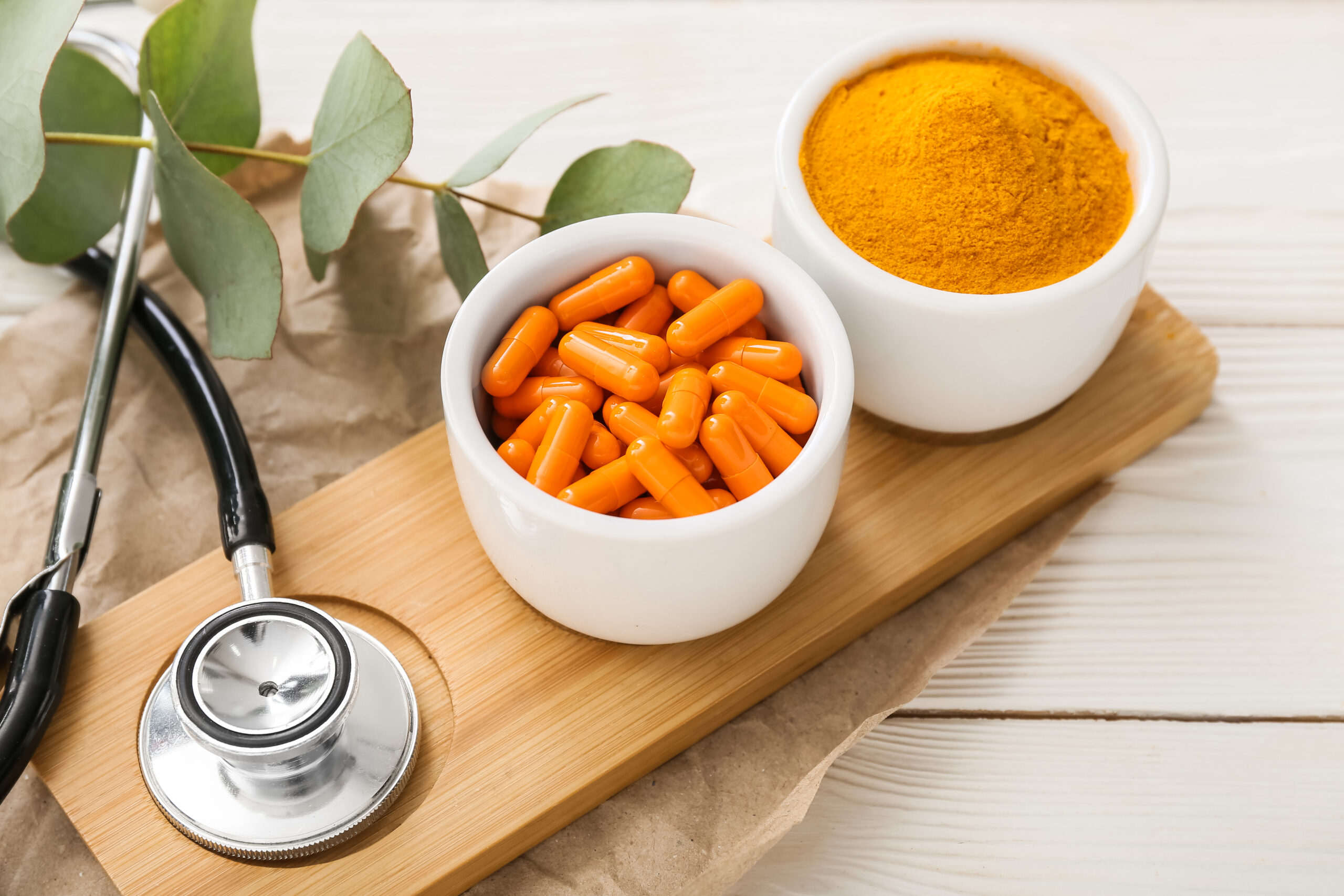Turmeric is a flowering plant from the Ginger family. It is a native to India and Southeast Asia and has long been used as a flavoring agent as well as a dye. Most people recognize Turmeric for its deep orange/yellow color and its use in many Asian dishes, especially curries. The active ingredient in turmeric is Curcumin.
Additionally, it has been used as a healing agent in Ayurvedic medicine for thousands of years. To date, there have been many studies looking at the medical benefits of turmeric; some with fairly good data showing its beneficial effects, but much more study is noting that Turmeric, when used properly as either a supplement or a cooking ingredient, has the potential to help heal the body.
If considering Turmeric, it is important to know that while it is likely safe and does not cause any serious side effects, Turmeric can cause stomach upset, nausea or diarrhea in some people. Additionally, just like anything else that is put in the body, Turmeric can react with other medications and have an effect on existing medical issues. So, if you have bleeding issues, gallbladder problems, diabetes or any type of cancer, please consult your primary care provider before taking Turmeric.
Some uses of Turmeric include:
Slowing/ preventing blood clots
Reducing depressive symptoms
Act as an anti-inflammatory
Act as an agent to reduce or prevent certain cancers Lower blood sugar
Lower cholesterol
Act as a pain reducer
Help with itching
Help hay fever symptoms
May reduce the buildup of fat cells in the liver (fatty liver)

Todd Kravetz, MD, FACP
Physician of Internal Medicine





